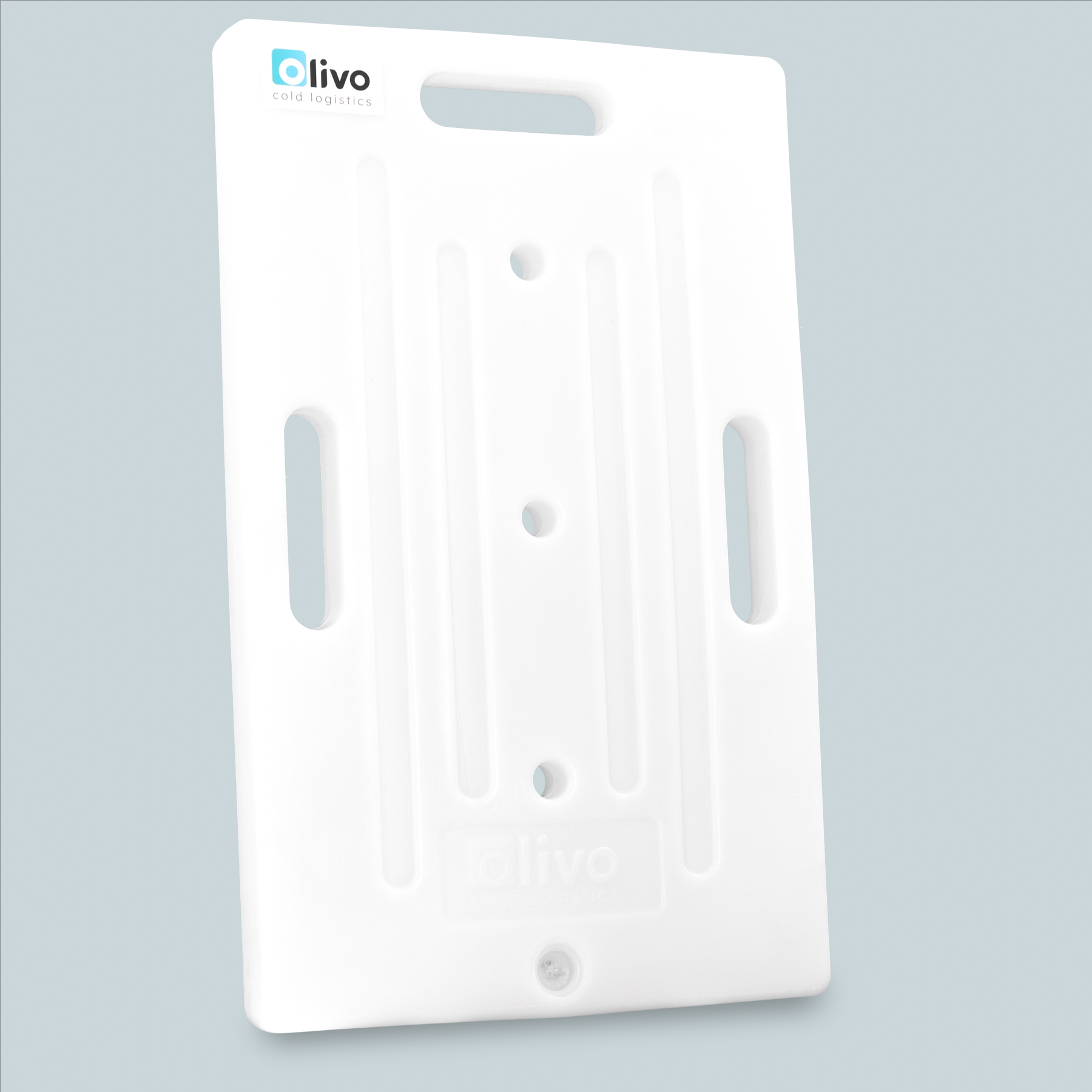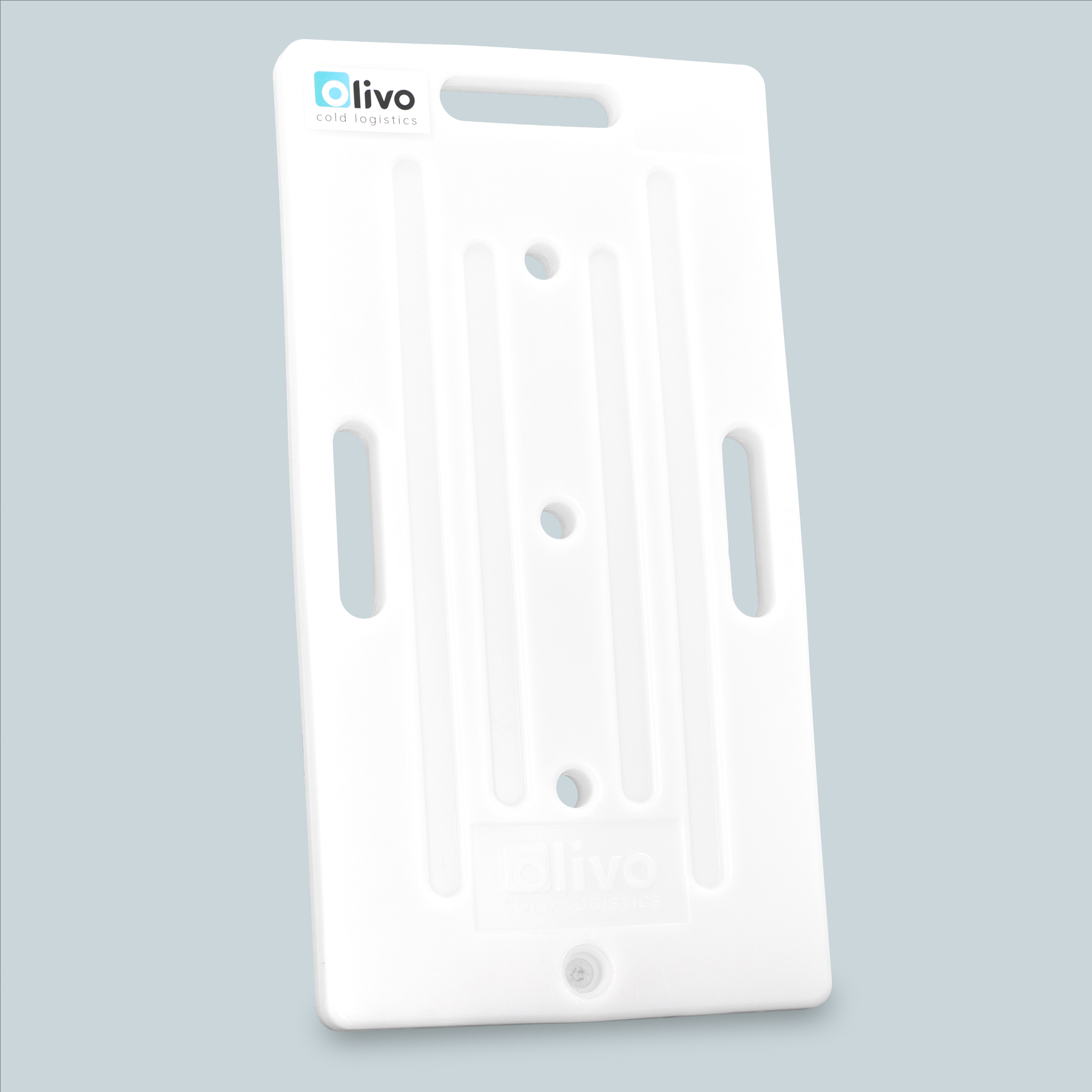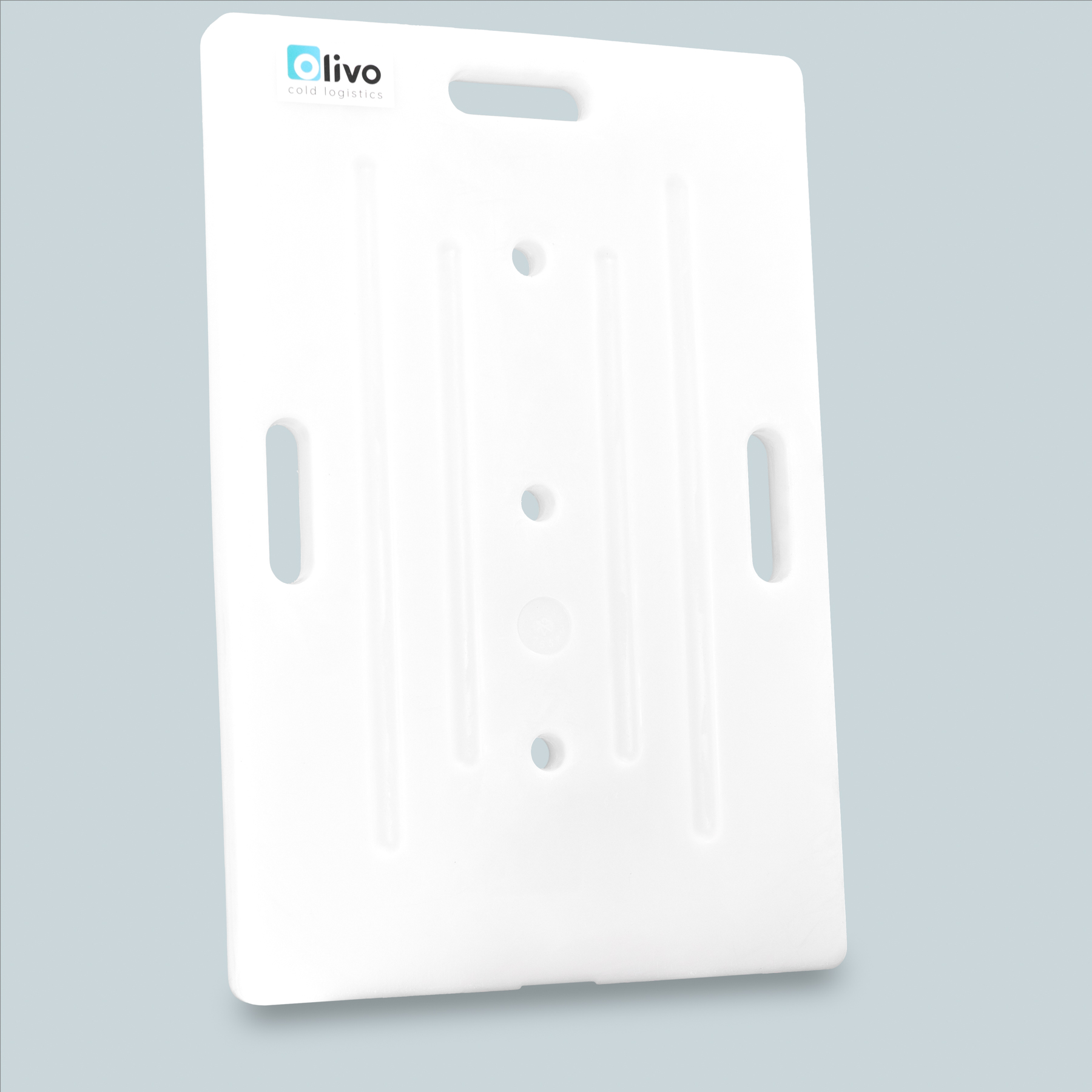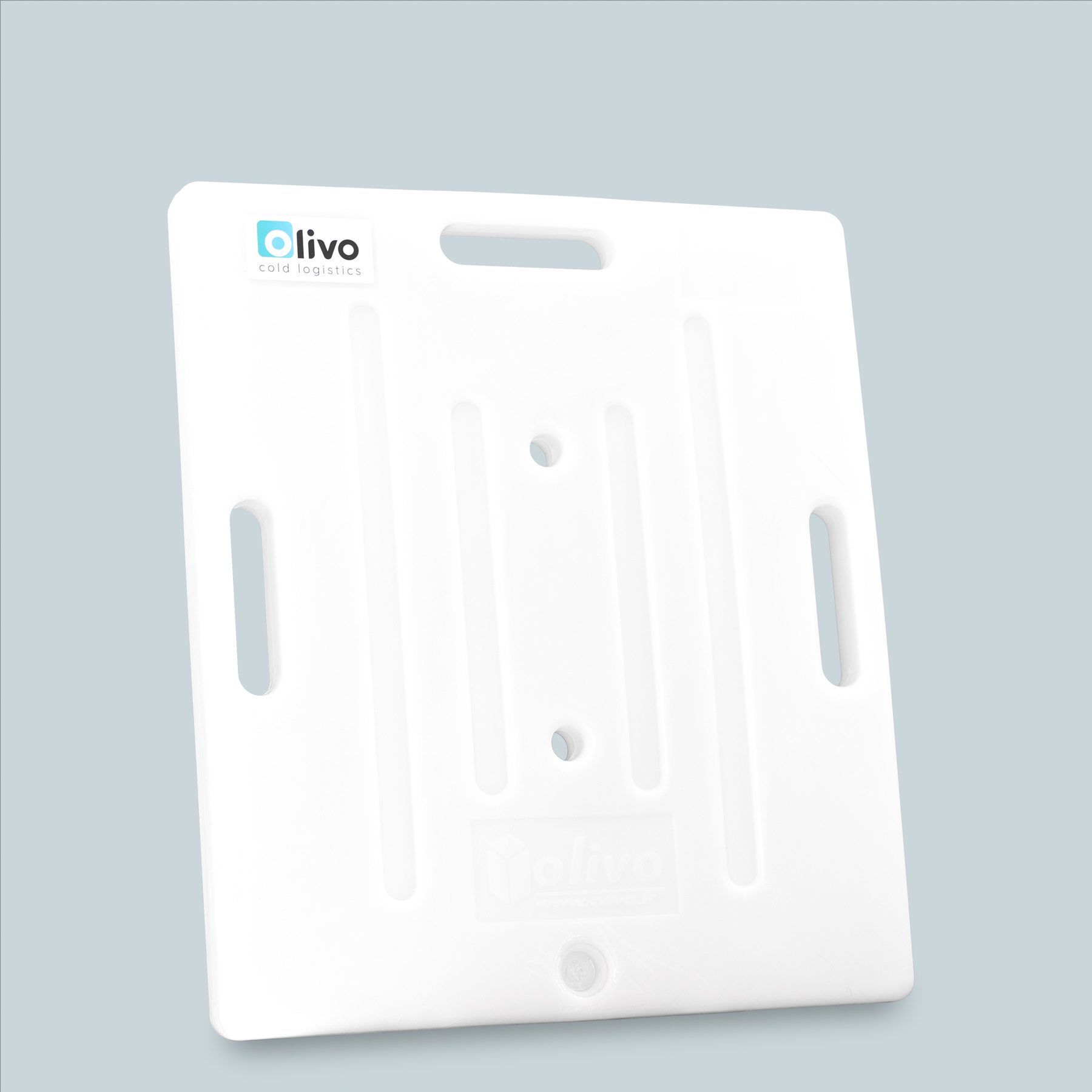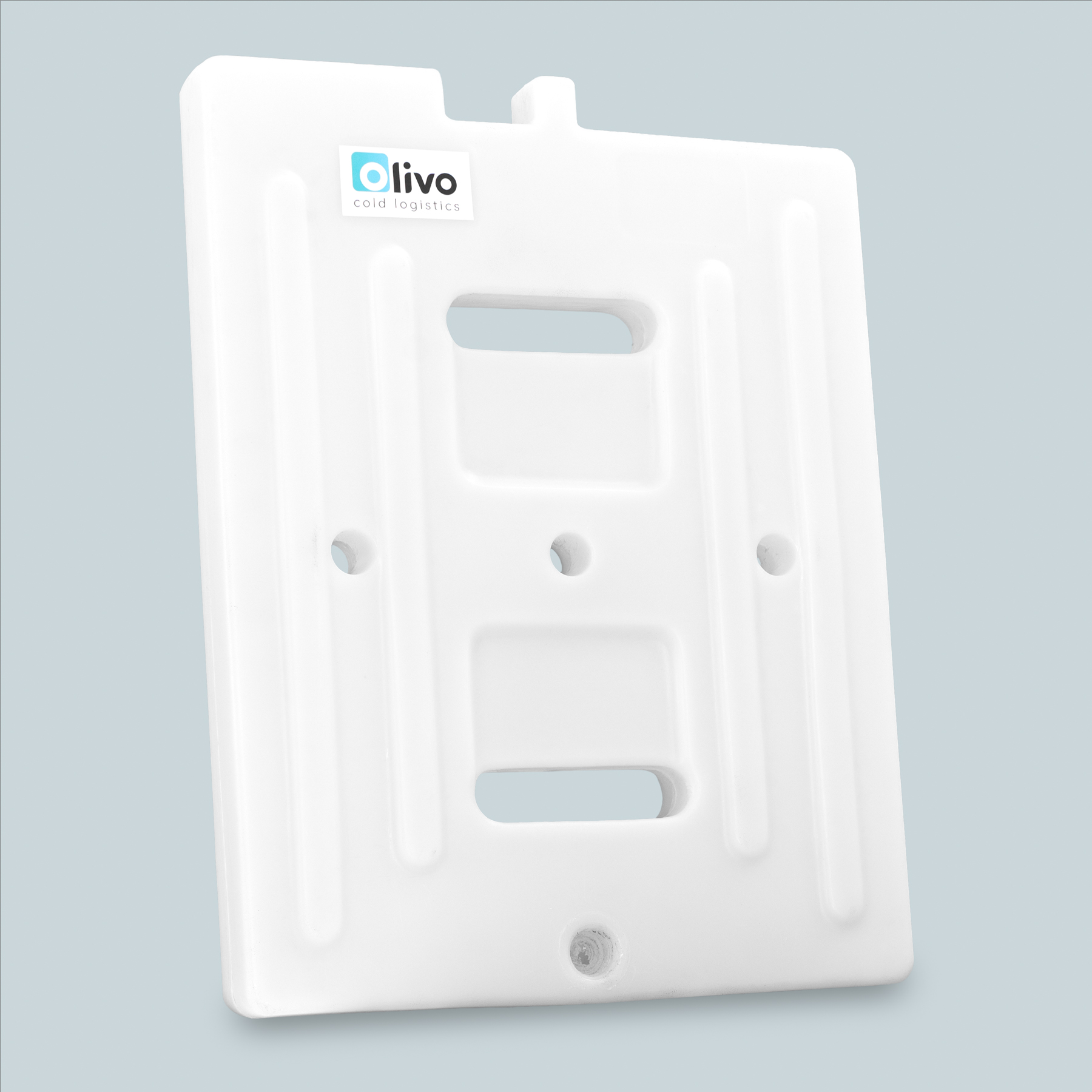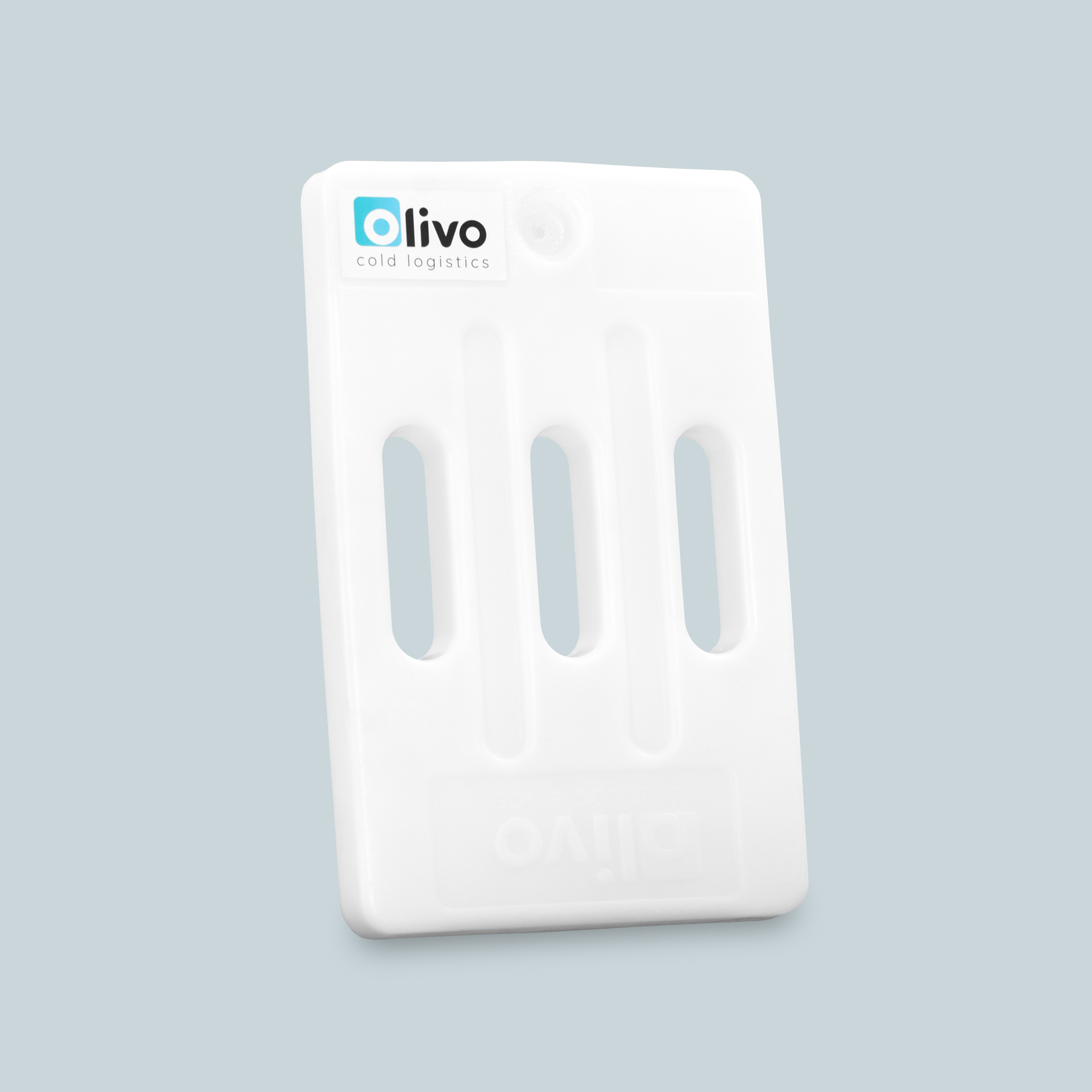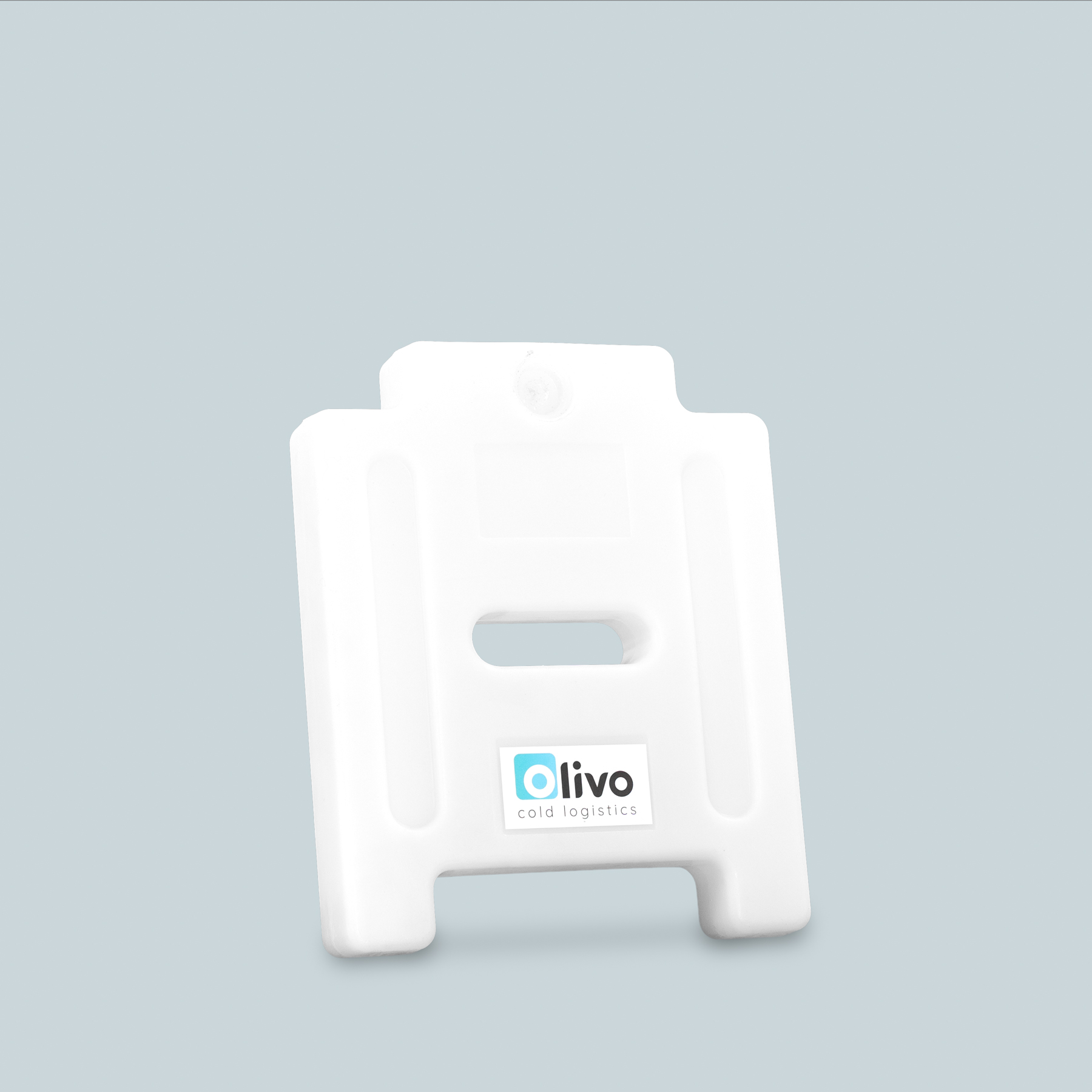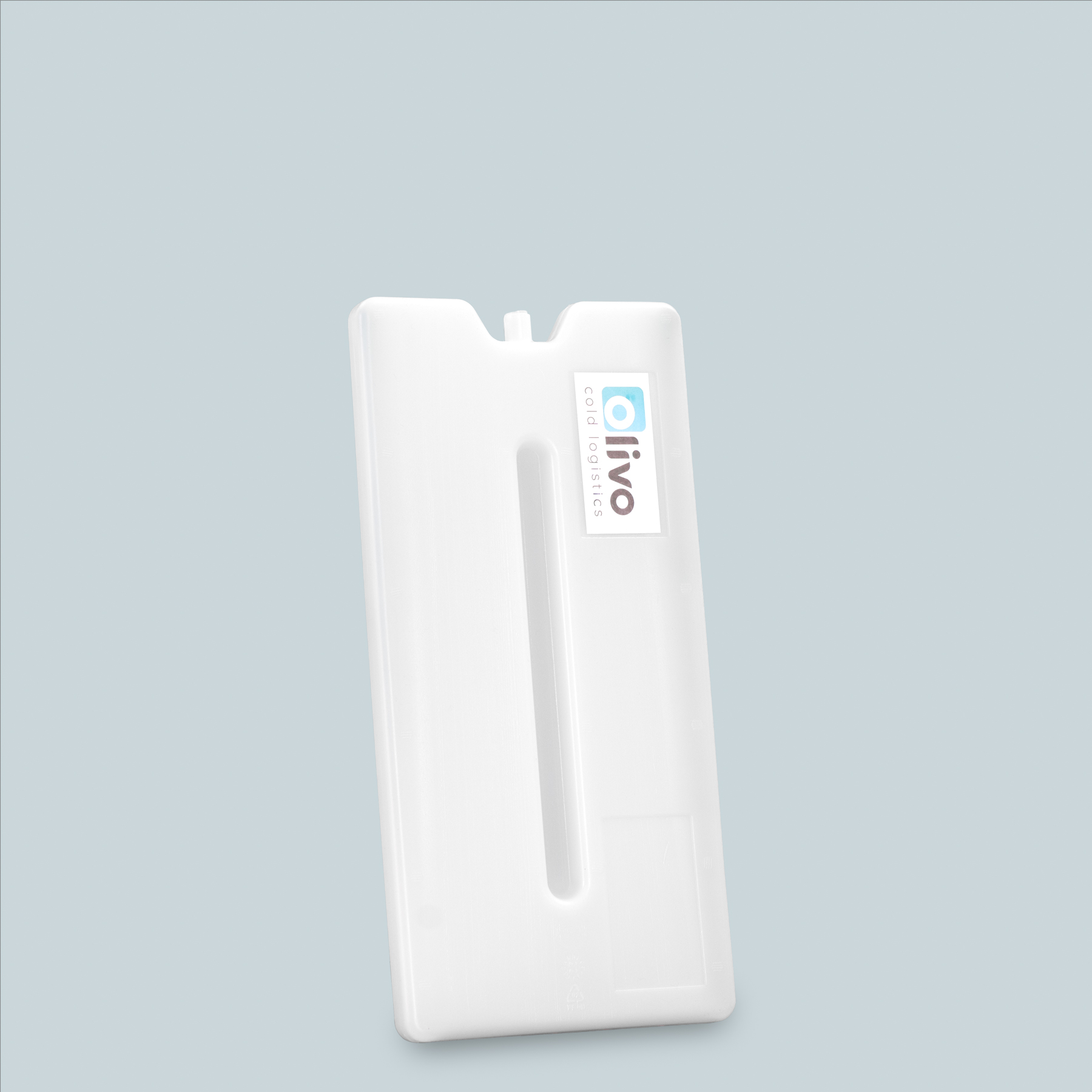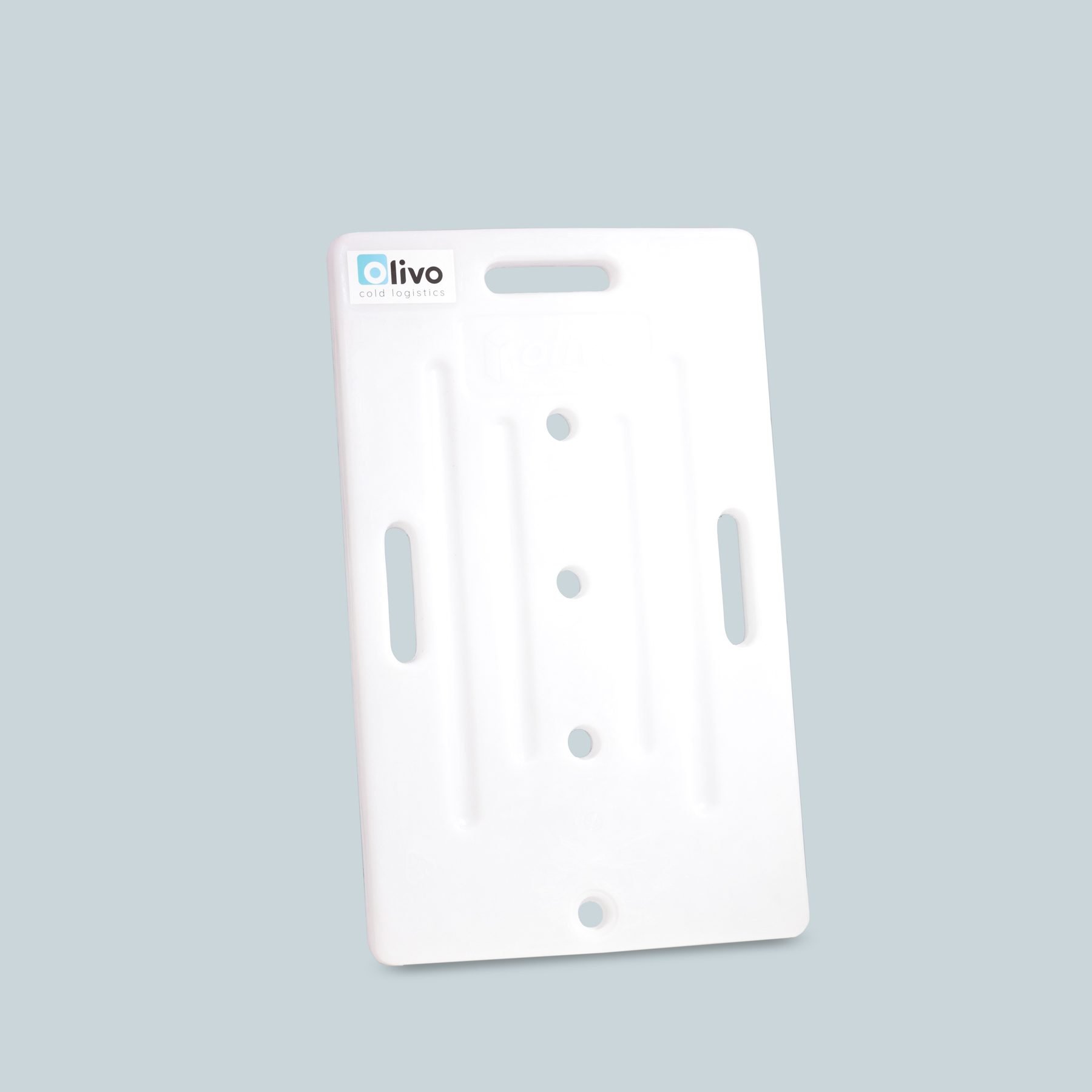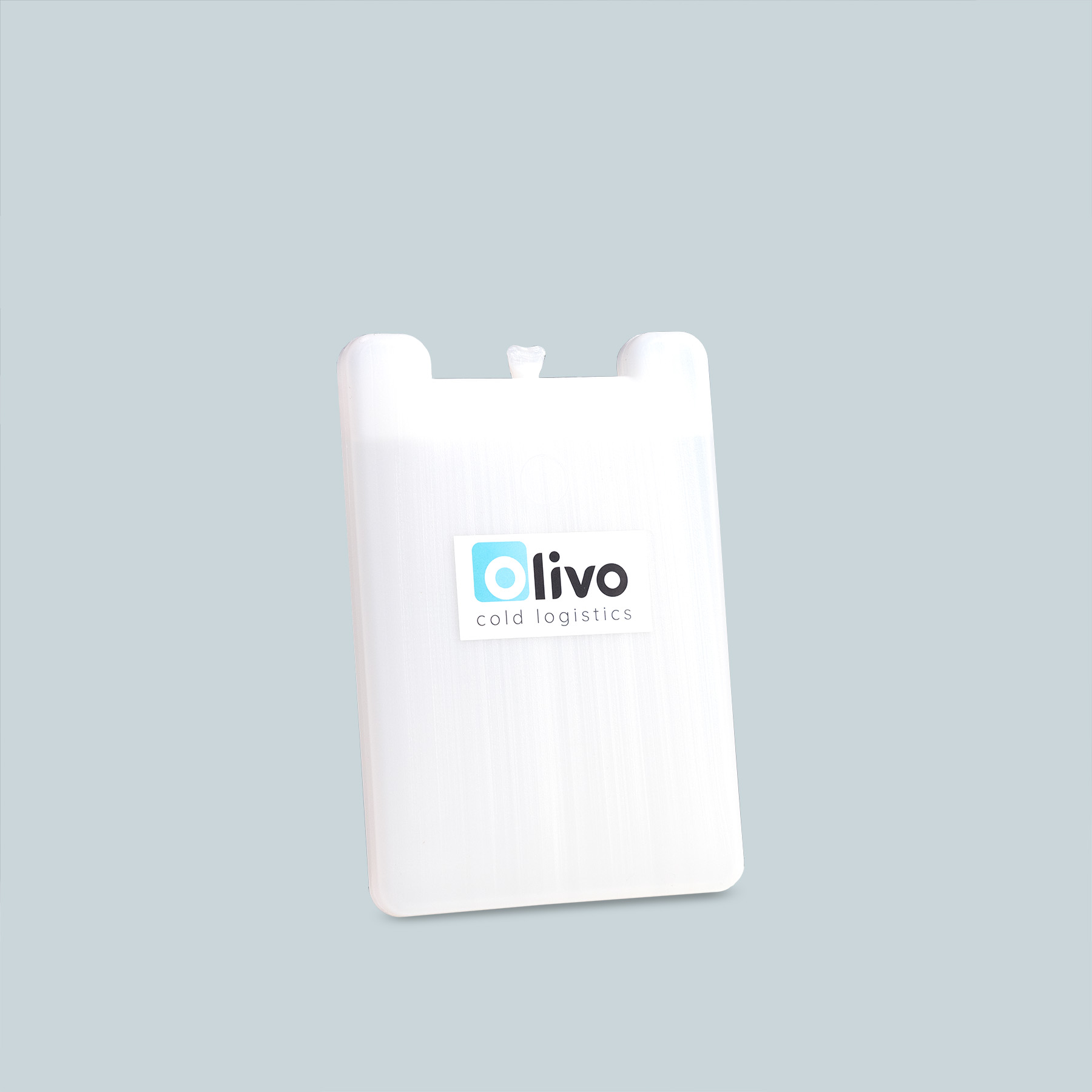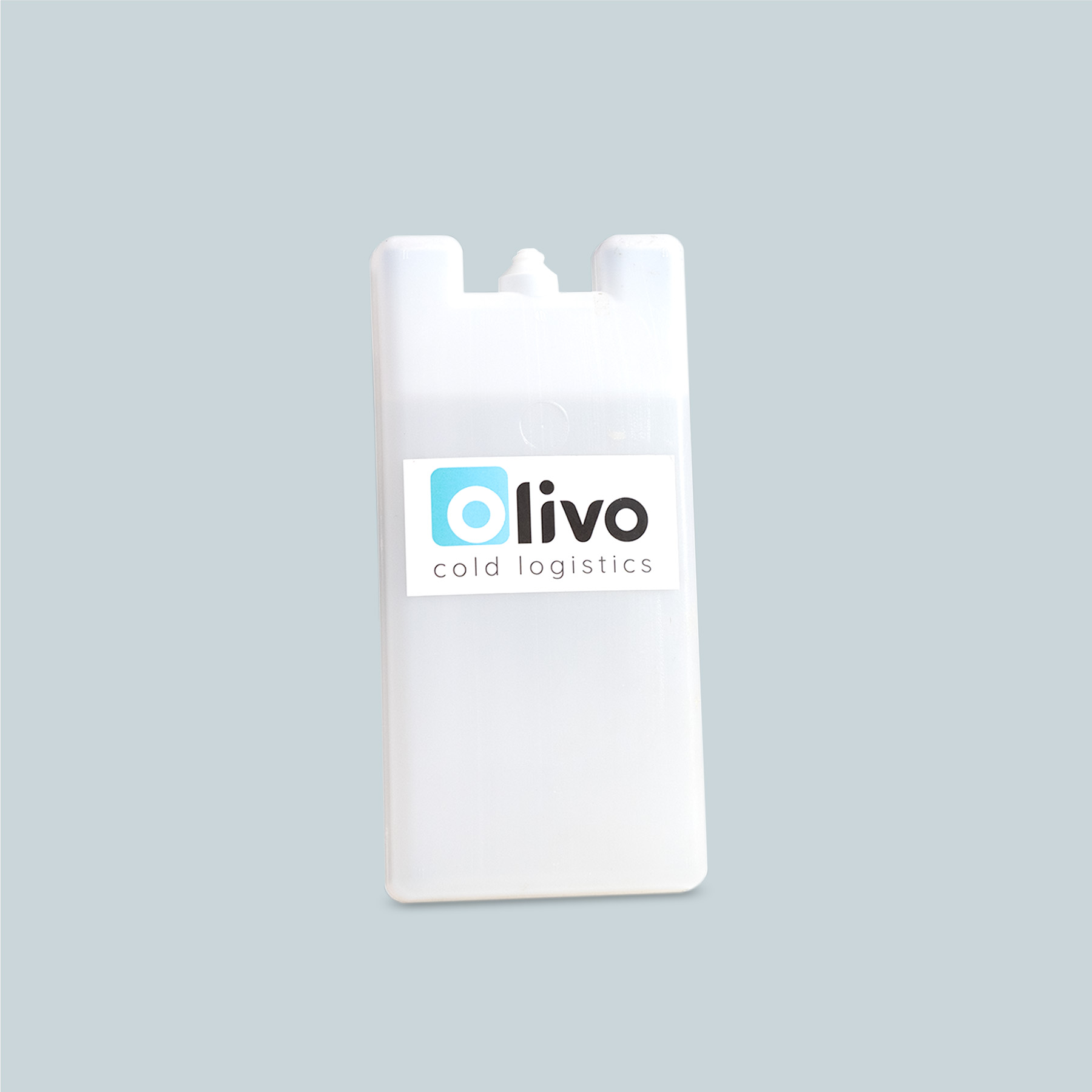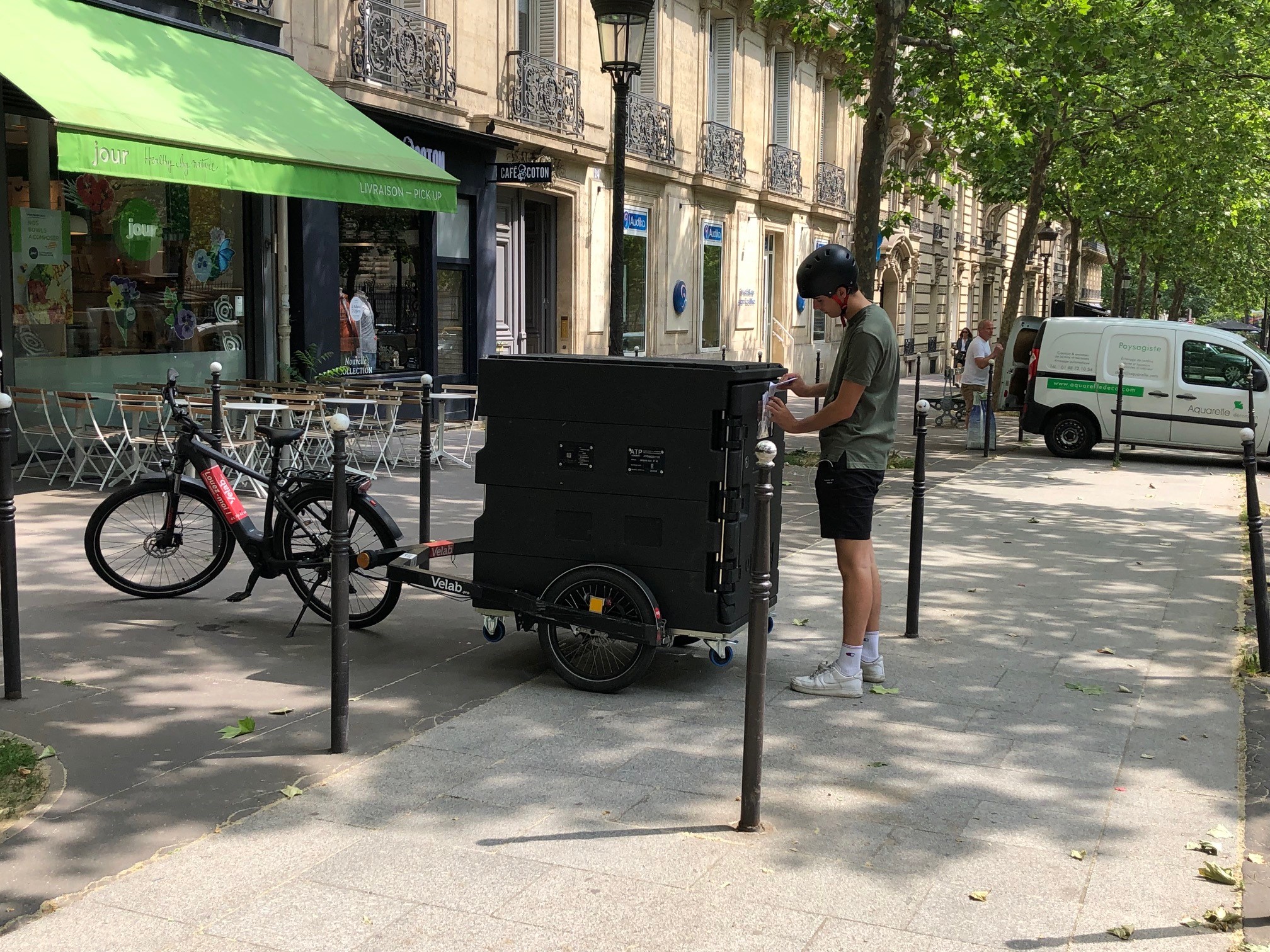Refrigeration
How does refrigeration preserve heat-sensitive products?
What is refrigeration ?
Refrigeration is one of the 3 techniques for preserving products and foods by lowering their temperature. It extends their shelf life.
Depending on the temperature, refrigeration can preserve foods from a few days to several months, while preserving their organoleptic, gustatory and nutritional properties.
Our must have
To order a eutectic plate, please write your request in the text box provided.

Refrigeration
By keeping thermosensitive foodstuffs fresh at a temperature close to or above 0°C (+2°C/+4°C), microbial evolution and biochemical metabolisms are slowed down. To maximize preservation through refrigeration, healthy products need to be exposed to continuous cooling as soon as possible.
Freezing
This process maintains a core temperature of -18°C. Frozen products can include meat, poultry, fish, shellfish, bread, cheese and ready-made meals.
Rapid freezing is a guarantee of quality, as this process crystallizes the water contained in the food. If freezing is too slow, the crystals become larger, which, once defrosted, will largely alter the quality of the product.
Freezer cabinet temperatures should be between -18°C and -25°C.
Deep-freezing
Deep-freezing or quick-freezing involves exposing products to intense cold below -30°C for a set period of time, to preserve their original cellular structure and block microbial activity. Frozen products are then stored at -18°C.
Refrigeration plays an essential role in cold logistics. It enables the preservation of heat-sensitive products, particularly perishable goods.
Refrigeration, frequently asked questions
-
Cooling and temperature maintenance
How to choose the right cooling source ?
Given the variety of refrigerant, eutectic, or cryogenic systems, as well as logistic schemes, a prior and specific thermal analysis is essential. The parameters to consider are:
- number of containers processed
- types of goods and temperatures
- thermal insulation characteristics and container surface area
- transport time
- waiting time
- outside temperature at all logistical phases
- logistical constraints
This thermal assessment should enable the selection of the refrigerant system and the definition of usage parameters to ensure the maintenance of the cold chain throughout the distribution process. The operator can have a safety margin provided in the needs analysis, taking into account distribution contingencies (road traffic, vehicle breakdown, waiting before unloading, etc.).
-
Eutectic plates
How does a eutectic plate work ?
A eutectic plate is a device designed to store thermal energy, in the form of heat or cold, and then to release it gradually to maintain a specific temperature. It works on the thermodynamic principle of phase change, i.e. the transformation of a solution from liquid to solid state and vice versa.
The eutectic plate absorbs the heat from outside the container while releasing a constant amount of cold. It is by passing from the solid to the liquid state, by the absorption-release phenomenon, that the eutectic plate maintains a constant temperature inside the insulated container.
-
Cooling and temperature maintenance
How much dry ice to use to maintain the temperature of frozen products?
The amount of dry ice closely depends on the logistical conditions in which the solution is deployed. To determine the quantities, it is necessary to conduct a thermal assessment:
- types of goods and temperatures
- thermal insulation characteristics and container surface area
- transport time
- waiting time
- outside temperature at all logistical phases
- specific logistical constraints
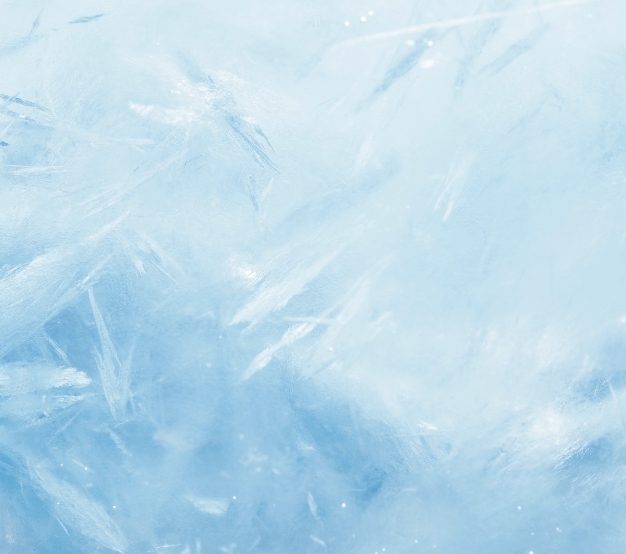
Our news in cold logistics
View the blog
Our solutions of insulated containers
Cold sources designed for your containers

